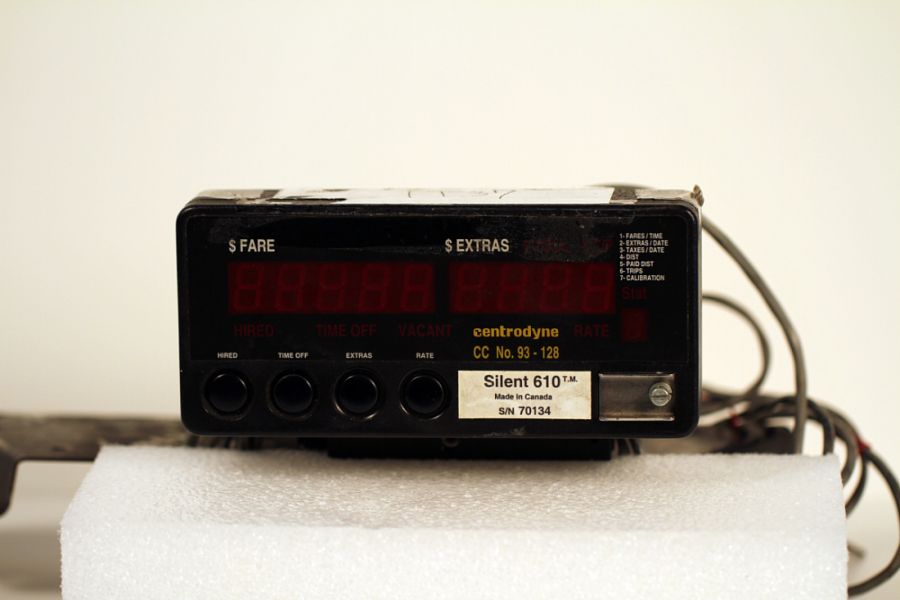Taximeters are essential devices for taxi drivers to accurately charge their customers for the rides they provide. Installing a taximeter on a vehicle is a relatively straightforward process, but it should be done carefully to ensure that it works correctly.
The first step in installing a taximeter is to attach it to the dashboard. This is usually done by drilling a hole in the dashboard and inserting a bolt, which will hold the taximeter firmly in place. It is important to make sure that the hole is slightly larger than the bolt, so that the taximeter is not too tightly held in place. After the taximeter is securely attached, the wiring can be connected. The wiring connects the taximeter to the power source and to the vehicle’s odometer.
Once the wiring is connected, the taximeter needs to be calibrated, which is done by entering the cost per kilometer into the taximeter. This cost is usually set by the municipality or city where the vehicle is located. Once the cost per kilometer has been entered, the taximeter can be tested to make sure that it is working correctly.
The next step is to attach the taximeter to the vehicle’s license plate. This is usually done by attaching a bracket to the plate, which will hold the taximeter in place. It is important to make sure that the bracket is firmly attached to the plate, as it will be used to identify the vehicle when it is pulled over by the police.
Finally, the taximeter needs to be registered with the local taxation office. This is usually done online, and the registration will be valid for a certain period of time. After the registration is complete, the taximeter can be used to accurately calculate the cost of each ride.
Installing a taximeter may seem like a daunting task, but it is actually a relatively simple process that can be completed in just a few steps. By taking the time to carefully install the taximeter, taxi drivers can ensure that their customers are properly charged for their rides.
